Sales cycles: How to close deals faster
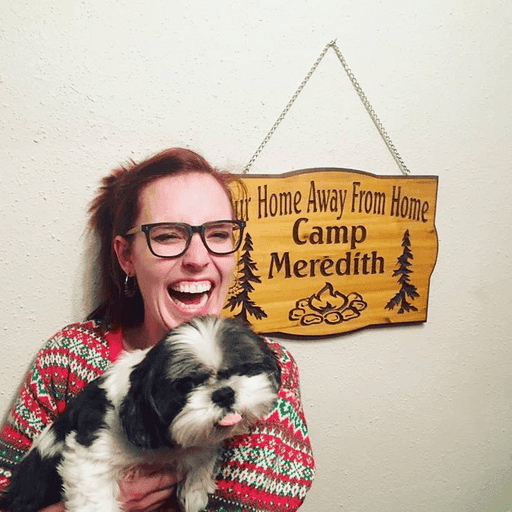
Director of Sales Development at Dialpad

Tags
Share
If you’re selling a high-ACV (average contract value) product or any kind of complicated product or service, you’re probably painfully and constantly aware of your sales cycle on a daily basis. In fact, in my experience managing SDRs (sales development reps), I’d say that being able to handle sales cycles well is something that separates the best salespeople from the pack.
So, how can you help your reps streamline their daily workflows, shorten their sales cycles—and ultimately, book more meetings and close more deals? I’ll walk you through this below.
Close deals faster with Dialpad Sell
Empower your reps with real-time Ai coaching to answer prospect questions throughout the sales cycle.
But first…
What is a sales cycle?
A sales cycle is the process of turning a prospect or lead into a paying customer. That sales cycle process begins from the moment you become aware of a potential lead, and continues as they move through your sales pipeline until they make their first purchase with you (and sometimes beyond, into the upsell or cross-sell process).
I’ll go into more depth on the stages of a sales cycle below, but the length of your sales cycle will depend on a few factors. For example, an enterprise sales process typically has a longer sales cycle by nature and can potentially take months or even years.
Others will have a much shorter cycle length since leads go through the sales funnel faster and become qualified leads and ultimately customers more quickly. For example, the retail sales cycle is typically on the shorter side. (Then there are other factors that impact sales cycle length, like how diligently your reps follow up.)
👉 Dialpad tip:
Keep in mind that every company and industry can have their own unique sales cycles, and what worked for you at one company a few years ago may not look like the same sales process now.
4 fundamental stages of the sales cycle
Depending on who you talk to, some people might say there are seven, while others say there are five or six stages of a sales cycle. It varies, and there isn’t really a right answer.
Again, every company’s sales processes are different, depending on what your products and potential customers are like.
With that said, let’s look at four common stages in a sales cycle. You can then make your own call on how many you include.
1. Finding leads
Lead generation is one of the most important stages of the sales cycle. Now, depending on the make-up of your company, this may be something that your marketing team does for you. In some companies, you might also have “full-cycle” reps who find potential clients, nurture, and close them—basically doing everything themselves.
Then there are other companies that have more junior sales reps doing lead generation and more experienced reps doing sales demos and closing deals—those should be considered different stages. (More on sales demo best practices.)
The thing to be careful about here is to have an actual sales strategy. Many companies do a “spray and pray” approach when it comes to lead generation, and focus more on quantity than quality. Having an ideal customer profile will help your reps focus on the right targets and have more effective first contacts with each prospect.
2. Connecting with leads
There are lots of ways to initiate contact with a potential lead.
Of course, cold calling is always an option—and in many cases, it’s still a good one. That initial call lets sales reps introduce your company and create a positive impression in a lead’s mind, which helps with making sure you get through your six or seven steps later as quickly as possible.
(At the same time, you don’t need to limit yourself. Not everyone likes to be contacted via phone calls, which could bias them against your pitch if you choose this as your initial contact—but more on this later.
So, how else could you deliver your sales pitch and optimize your strategy for connecting with leads?
There are a few different ways. Your marketing team could help with some initial outreach or awareness campaigns to make your prospects aware of your brand before a sales team member reaches out. Your sales reps might try other social media channels like LinkedIn to complement their cold calling campaigns.
Different buyer personas have different preferences and hang out in different places online, so make sure that your sales prospecting strategies take this into consideration.
3. Having the conversation(s)
Being personable, adapting quickly based on the personalities they’re talking to, handling sales objections well—all of that is crucial to driving a prospect toward a purchase decision.
Handling objections can be a tricky thing to do, especially for greener reps who aren’t familiar with your product or service yet, but there are a few ways you can help them. Our own sales team has a robust sales enablement and training program, and equally importantly, is equipped with tools designed to help them shorten the sales cycle and get to a “yes” more quickly.
For example, our sales reps use Dialpad’s unified communications platform, which not only lets them have phone calls and video meetings with prospects from anywhere, but also helps them handle common objections without the help of a manager.
How it works: We can use Dialpad’s built-in Ai to track common keywords and topics that come up on calls—say, common objections and even competitor names. Once we can see a pattern of these recurring topics, we can create Ai Live Coach Cards with tailored notes on different topics that pop up automatically on sales reps’ screens—when those keywords are spoken on a call:

This way, sales managers who are overseeing large teams of reps don’t have to personally coach every call, but sellers can still get the information they need to have a successful conversation with a prospect.
Dialpad's Ai Playbooks feature also helps us track rep adherence to sales methodologies like BANT, SPIN, and SPICED more easily. Dialpad Ai can automatically suggest questions and phrases that they need to say during a call (for example, asking about budget or purchase timelines), understand whether the behavior was met, and check the task off the list (or notify managers if this isn't being done):
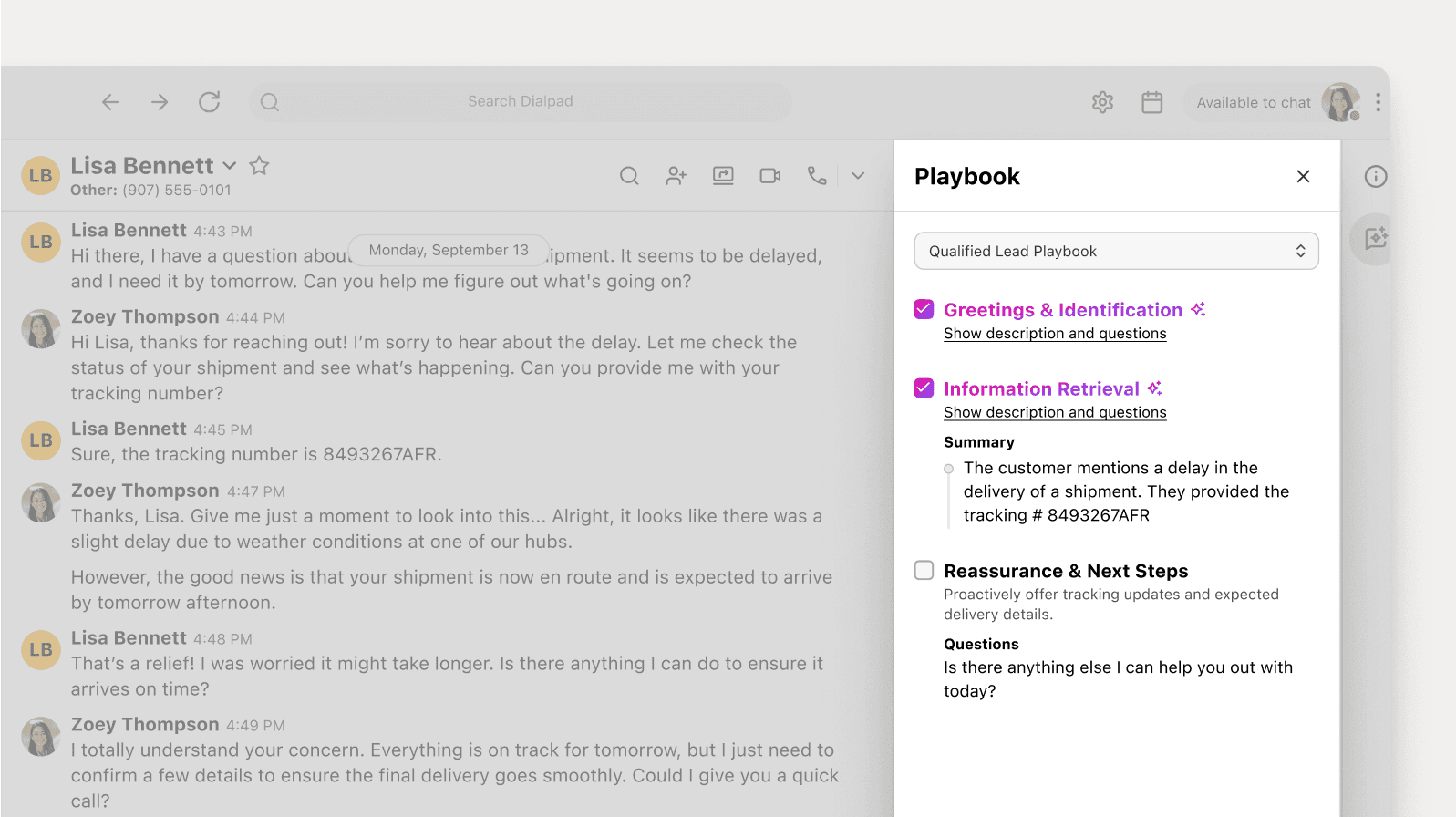
This is super helpful for sales leaders, because they don't have to painstakingly review every single call, and can quickly tell which reps need additional coaching or if any parts of the methodology can be improved upon—all thanks to this sales Ai feature.
👉 Side-note:
Folded into this process is lead qualification. Your reps have to be able to filter out the bad leads from the good ones. Sometimes, that won’t be apparent until they’ve actually spoken to the prospect or had a discovery call. (Maybe they don’t have the right decision maker or the buying process is tricky because they have a strict Finance team.) This is why your reps have to be skilled in qualifying leads—it’ll impact their conversion rates later.
4. Closing the deal
You’ve taken your leads through each early step of the buyer’s journey, and now they’re ready to make a purchase—all you need to do is close the deal.
The way you go about this is important. If your sales reps are friendly, helpful, and great at upselling without being pushy, new customers will come away happy with the experience and thinking they got a great deal (whether they actually did or not).
Your approach to closing deals will also lend itself to future referrals and word-of-mouth, so make sure that your reps have a good hand-off process with your customer success team or whoever takes over those relationships after the deal has closed.
A mutual action plan can also be helpful in this process, as it ensures both parties are aligned on next steps and timelines, keeping the relationship strong even after the deal is closed.
Even if it’s not your sales reps doing it, someone has to be looking after your prospect’s needs (and potential pain points as a new customer) to keep those customer relationships strong throughout all the stages of a sales cycle. Otherwise, you’re losing out on cross-sells and upsell opportunities.
3 examples of sales cycles in different industries
Next, I’m going to take you through three examples of sales cycles to give you a better idea of how these can look different depending on your company or industry.
1. A real estate brokerage
A good-sized real estate brokerage needs to do outreach and find homebuyers and sellers in their neighborhoods efficiently. Their sales cycles are also heavily impacted by changes in the economy, so it’s generally good to have a large list of clients in different stages of the sales cycle to smooth out the bumps and gaps (you don’t want to have too long of a dry spell).
Often, cold calling is the best way to bring in potential leads and new customers—and how many deals you close in a month might be a matter of luck. If you happen to come across homebuyers who are itching to close on a house quickly, then hey, you might have a pretty good month.
🔎 Case study:
Learn more about how RE/MAX uses Dialpad to connect agents across hundreds of offices.
2. A B2B SaaS company with a high ACV (average contract value)
B2B (business-to-business) companies, particularly ones with high ACVs, are great case studies for anyone looking for longer sales cycles.
The main reason they tend to be longer is that these types of companies take home a lot of profit from even one sale. Because of this, they might spend more time on the individual B2B sales cycle stages and also more resources on keeping a big group of stakeholders happy. For example, if it’s a big potential customer, they might tell them that they’d consult them on their product roadmap and make suggestions for features they want.
Different industry, different approach (and different defined sales cycle stages).
3. An automotive dealership
Many automotive dealerships have prospects that come right to them. Sure, their marketing teams still need to put effort into showing why they’re the best dealership, but in most cases, people can’t or don’t want to get by without a car. Because of this, some of the work in the sales process is already done for them. (They don’t have to educate their audience on the importance of a car or what a car is, for instance—which is something you’d have to do in a niche software industry.)
(If you’ve looked at buying an electric vehicle lately, you’ve probably heard about the massive waitlists across the country to get one because of shortages and demand. Those sales teams are in luck—all they have to do is take down names and deposits from folks who want the car. No nurturing or follow-ups needed.)
6 ways to shorten your sales cycle
1. Use the right automation tools
If you’re looking to shorten the length of your sales cycle in order to get more at-bats for your sales reps and close more deals (all important metrics), automation should be one of the first options you turn to.
You could incorporate sales automations by giving your reps email or cold calling templates, using e-signing tools, and integrating your sales phone system or contact center platform with your CRM—just to name a few examples.
For example, Dialpad integrates with a range of CRMs like Salesforce, HubSpot, and Zoho CRM. What the integration does: A few things! Not only does it embed a dialer right into your CRM so that sales reps don’t have to toggle back and forth between windows while on calls, it also automatically logs activities like calls and texting to reduce the data entry work needed:
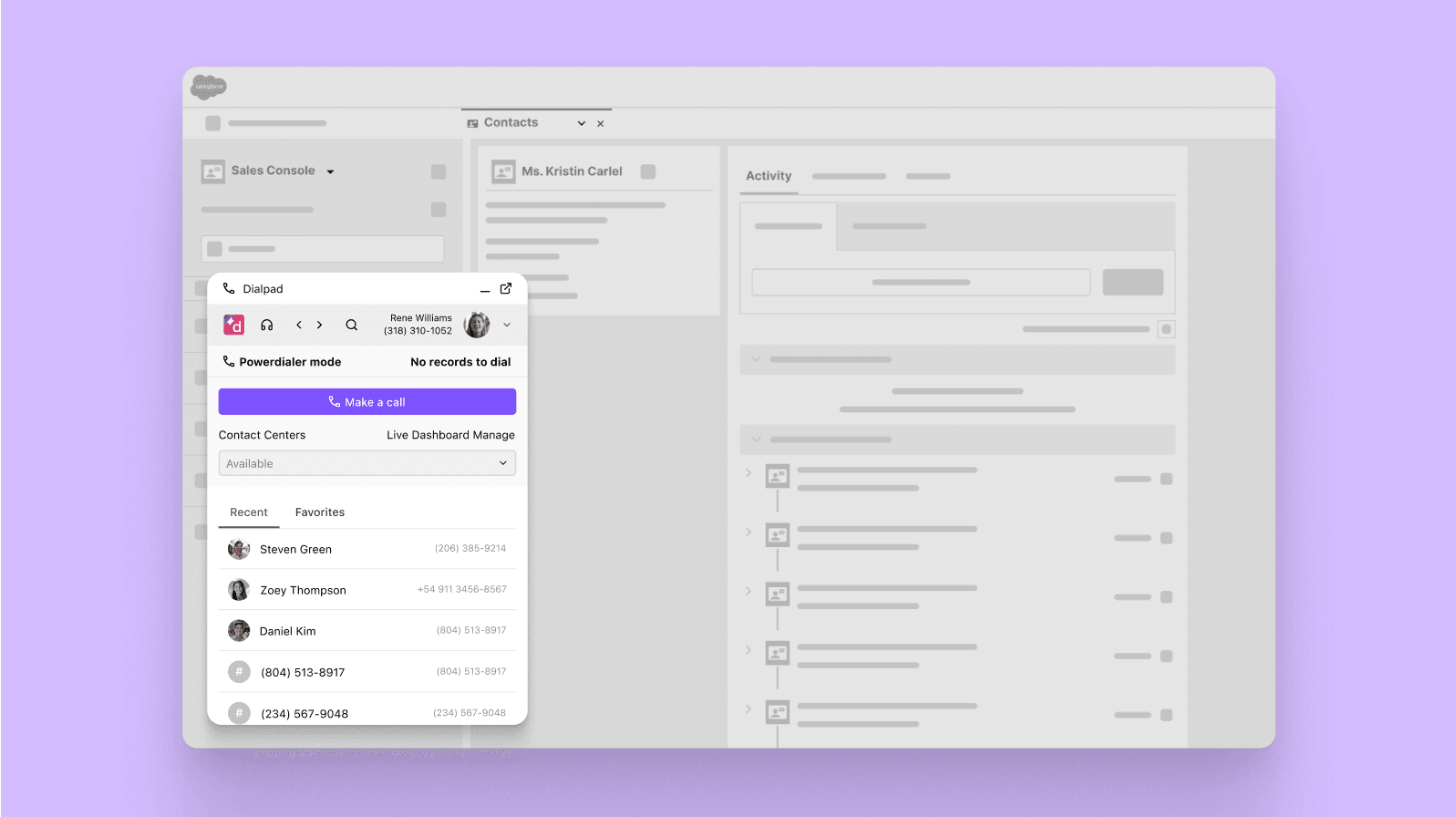
Dialpad also has a handy post-call automation that automatically emails a call summary to attendees with a transcript, recording, and even action items:
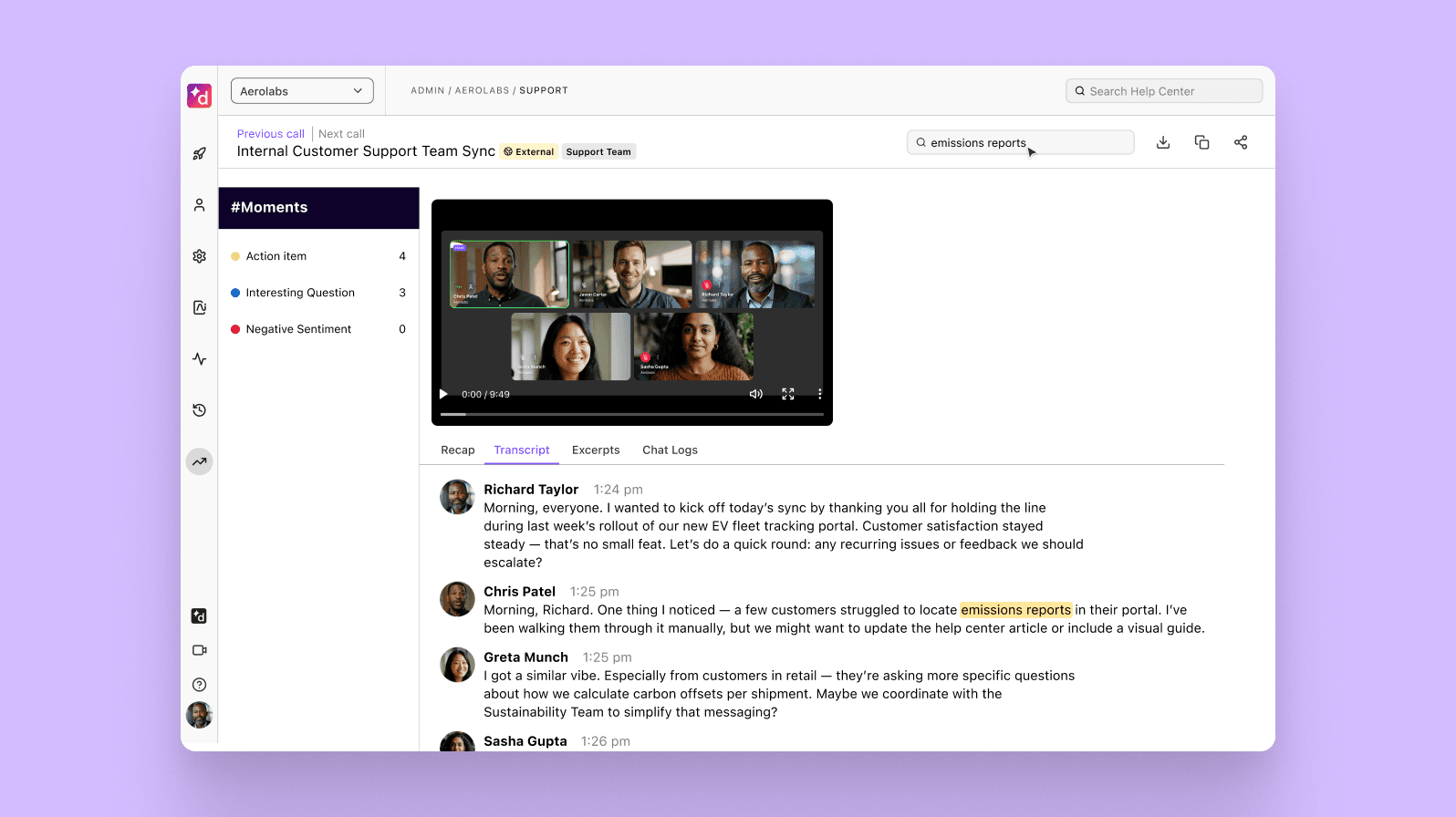
2. Do regular cleanups of your CRM
What percentage of customers do you typically bring on board with your current strategy? Even small businesses will see at least a few. That means more customer relationships to manage and is why cleanups need to be part of your process.
Your information on customers—available in your CRM—needs to be kept in order, so that it’s easy to sort through and provides a single source of truth. If you do this, you’ll be able to connect a customer with their relevant details immediately, without having to go searching through messy files in search of key details.
Regular audits will help you keep on top of changes in your customers’ details. If they used to be a one-off customer but have become a loyal fan since, for example, then your notes and CRM need to reflect that change.
In other words, it’s essential to make sure you’ve got all your details pertaining to customers recorded and kept up-to-date. This lets any member of your sales team pick up a deal that’s in progress and run it across the finish line without needing to consult the person who started it.
3. Diversify your communication channels
Sales engagement has changed a lot—and the communication channels we use today would’ve probably shocked sales teams from a decade ago.
For example, most sales teams would’ve relied almost exclusively on phone calls a few years ago. But that’s no longer the case. Now, if a prospect hasn’t been responding, a sales rep could keep trying the same approach—or they could try sending a text message instead. (That’s exactly what PagerDuty is doing, with a high level of success.)
Depending on the product you’re selling, you might also offer a video meeting so that you can walk prospects through how the software works and maybe even do a screen share.
That’s the nice thing about using Dialpad—our sales reps can make a phone call, have a video meeting, send a text, message our team, and more, all from the same app:
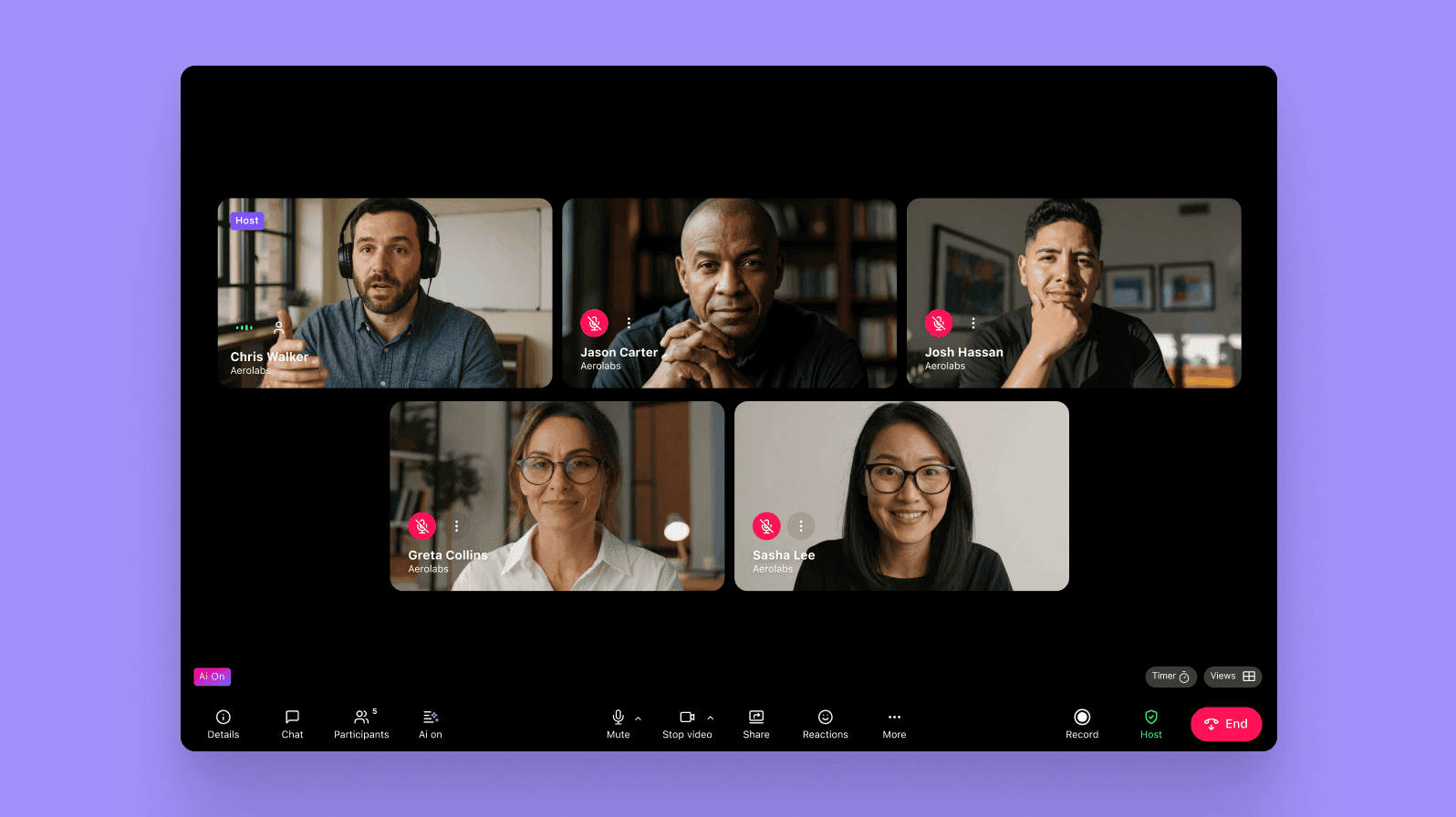
4. Build good follow-up habits
Following up after communications should be an integral step in your sales cycle. Prospects are busy, and they’re not going to be thinking of your product or service 24/7. They need reminders and follow-ups—especially if your reps have end-of-quarter deadlines to hit.
Make sure you train your reps on building solid workflows for themselves and having regular touchpoints with prospects. Whether it’s setting reminders for themselves in their calendars or giving them templates for follow-up emails, this is a step in the sales cycle that absolutely should not be missed.
5. Be prepared for objections
As I mentioned earlier, prospects often have objections. That’s just a fact of life. To keep your sales cycle brisk, your reps should be able to handle most objections efficiently.
I mentioned RTA cards earlier, but we also use Dialpad’s coaching playlist feature for this, and it’s super helpful. Essentially, we can take call recordings (the best and/or the worst, both can be helpful) and add them to different playlists (say, “the best discovery calls to learn from”) so that our sales reps can listen to these playlists and learn from real conversations our team has had with prospects in the past:
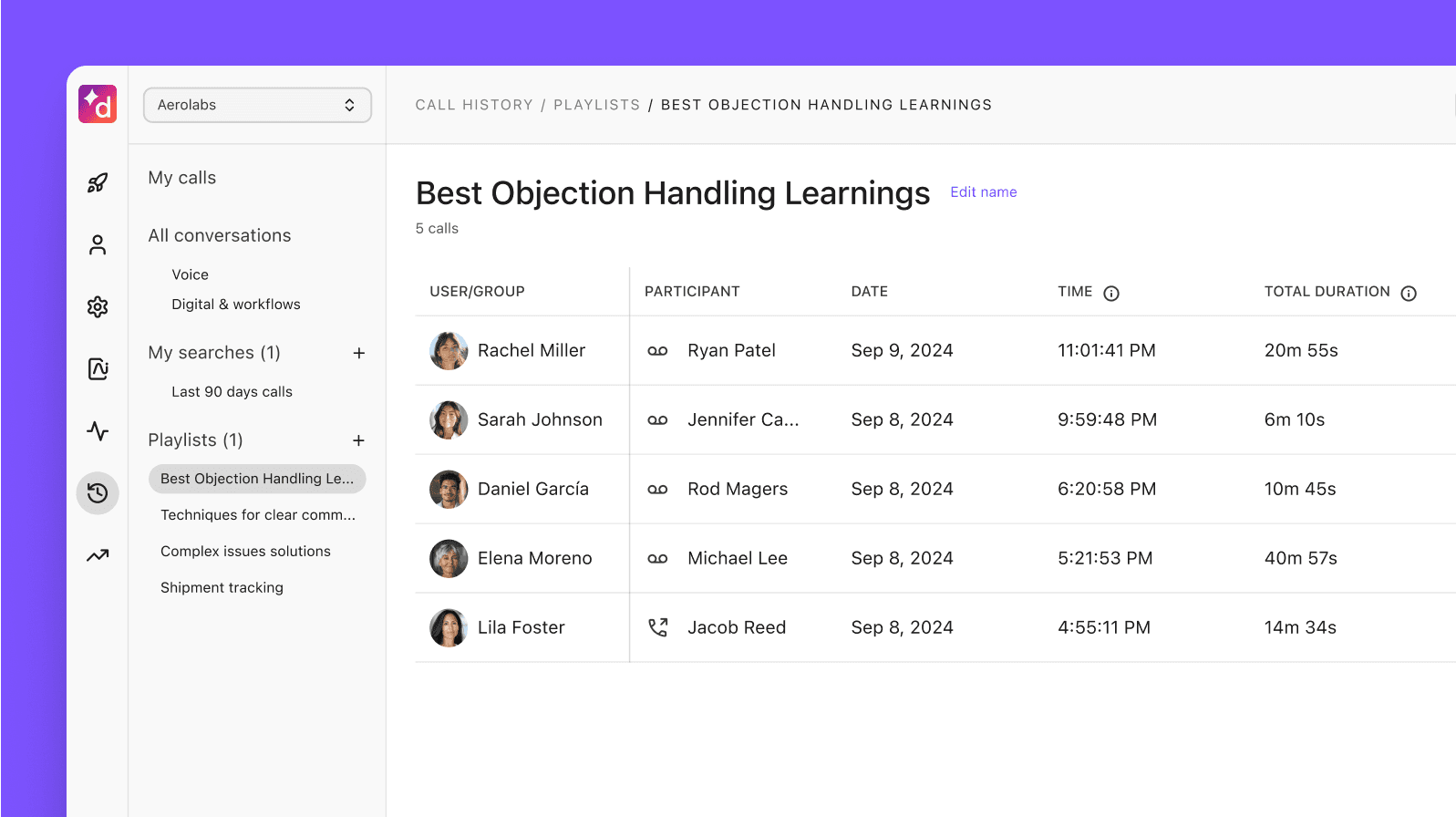
It’s a great form of self-directed learning, and makes use of one of the most valuable sources of data we already have: our everyday conversations with customers and prospects.
6. Know your prospects’ procurement periods
Some industries have specific buying cycles when they might be open to purchasing your product. For example, if we’re selling Dialpad as a communications platform to universities, we know post-secondary education institutions tend to review budgets at a certain time of year. So, sellers should plan their outreach and pitches according to this.
This is a key part of ensuring you’re catering to the needs of your prospects and meeting them where they are. It also shows you’re sensitive to the things they require and care about tailoring your approach to their preferences.
Being more knowledgeable about prospects just lets you sell to them more consistently and efficiently—and also helps you keep your sales cycles tight because you’re approaching them at the right time, with the right ask.
Ready to shorten your sales cycle?
Even though every sales org is different, there are a few simple things you can do to improve sales cycle management, empower your sales reps, and hit your monthly numbers consistently.
And if your sales team has the right tools, this becomes even more achievable. So, have a good phone system or dialer software. Use Ai to surface insights and automatically trigger pop-up notes for your sellers. Together, all of these things can significantly shorten your sales cycle.
See how you can use Dialpad Ai to shorten your sales cycle
Get a personal walkthrough with a demo of Dialpad's sales outreach platform, or take a self-guided interactive tour of the app first!
